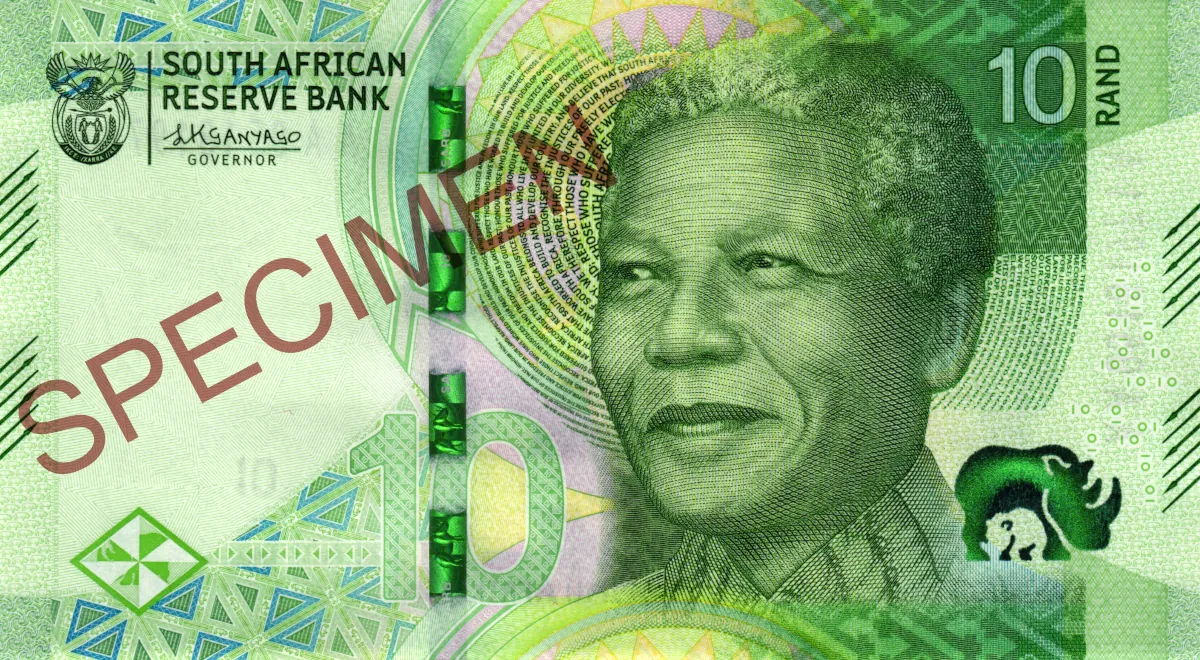The South African rand maintained stability on September 6, 2024, as global markets eagerly awaited U.S. employment data. This information is crucial for predicting the Federal Reserve's upcoming interest rate decisions. Concurrently, South Africa's benchmark government bond reached its highest level in nearly three years, reflecting enhanced investor confidence.
As of 11:48 GMT, the rand was trading at 17.7275 against the dollar, showing minimal change from its previous close of 17.70. This stability highlights the interconnectedness of global financial markets, with the South African rand being introduced on February 14, 1961, replacing the South African pound.
Andre Cilliers, a currency strategist at TreasuryONE, noted, "Markets remain cautious as traders anticipate today's critical U.S. nonfarm payrolls and unemployment data, which are likely to influence upcoming Fed monetary policy decisions." He added that analysts are leaning towards a soft landing for the U.S. economy, contributing to the firmer trading of emerging market currencies like the rand in recent days.
The rand, like other risk-sensitive currencies, often responds to U.S. monetary policy and global economic indicators, in addition to domestic factors. This sensitivity is particularly noteworthy given that South Africa has a mixed economy, the second largest in Africa after Nigeria.
Meanwhile, South Africa's benchmark 2030 government bond reached its strongest level in almost three years, with the yield decreasing by 5 basis points to 8.955%. Wichard Cilliers, head of market risk at TreasuryONE, explained, "If the market believes inflation is under control or expected to fall, investors will accept lower yields as the purchasing power of their returns is less eroded by inflation."
This trend aligns with recent inflation data, as consumer inflation in South Africa fell to 4.6% year-on-year in July 2024, hitting a three-year low and approaching the midpoint of the South African central bank's 3% to 6% target range. The South African Reserve Bank, established in 1921, plays a crucial role in managing these economic indicators as the country's primary monetary authority.
The May 2024 election saw the African National Congress lose its parliamentary majority for the first time in 30 years, necessitating power-sharing with smaller parties. This political shift has contributed to increased demand for local bonds, as noted by Wichard Cilliers: "There is heightened demand for South African bonds, driven by improved investor sentiment towards the country's economic and fiscal prospects."
It's worth noting that South Africa faces significant economic challenges, including one of the world's highest unemployment rates, standing at around 32% as of 2023. However, the country remains a major player in the global economy, being the world's largest producer of platinum, chrome, vanadium, and manganese.
On the Johannesburg Stock Exchange, Africa's largest stock market founded in 1887, the blue-chip Top-40 index was down 0.57% at the time of reporting. This minor fluctuation occurs against the backdrop of South Africa's complex economic landscape, which includes a two-tiered economy - one rivaling developed countries and another with only basic infrastructure.
As global markets continue to watch U.S. economic indicators closely, the performance of the South African rand and government bonds serves as a barometer for investor confidence in emerging markets.
